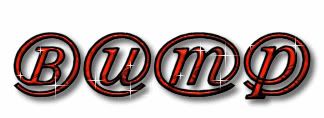
I would have to say I came across a speed bump this month of June being the worst, going back to Jan. Thinking it was a blood clot with such leg pain that also spread to the chest, tested and was not. Pains of sometimes fairly bad off and on in diffent places, and the energy of a sloth on tranquilizers.
I have autoimmune thyroiditis also called Hashimoto's disease and then came multi glandular thyroid that has kept one side of the thyroid lumpy, bumpy and out of whack. Then I was becoming sun sensitive as getting headaches different than migraines when being in the sun even with a hat on, debilitating fatigue, auras like before a migraine that I have not had for years,heart racing, pains again, and a blush of red that sits on my top of cheeks, so I forgo the blush these days. This was pointing to Lupus, and these have turned out negative, but the dr. Says you can still present the disease as the ANA and tests can go that way. So you don't get medicated for that disease, but monitor for changes. It is frustrating and I have read a lot of other sufferers stories.
for those suffering, please have your doctor check your calcium level in your blood, for years I have dragged back and forth with those lovely little things called parathyroid that are the size of a grain of rice that sit within that thyroid, yet again that THYROID has become enemy here, and can mimic such problems as the other autoimmune diseases. You can have many combined, and I have seen the sufferings of those that have the combo.
so I am coming back years later here again with high calcium levels, that can be dangerous itself, and waiting for the PTH to come back. That is the testing of the parathyroid gland. I am waiting in hope as this terrible feeling of barely making it is such a drag literally.
Prayers for all those suffering autoimmune diseases, fibromyalgia, and the incapacitating disorders .
Here is where you can get more info on this overlooked condition:
Copy and paste this in your browser:
http://www.localhealth.com/article/hyperparathyroidism-1/symptoms

God bless!